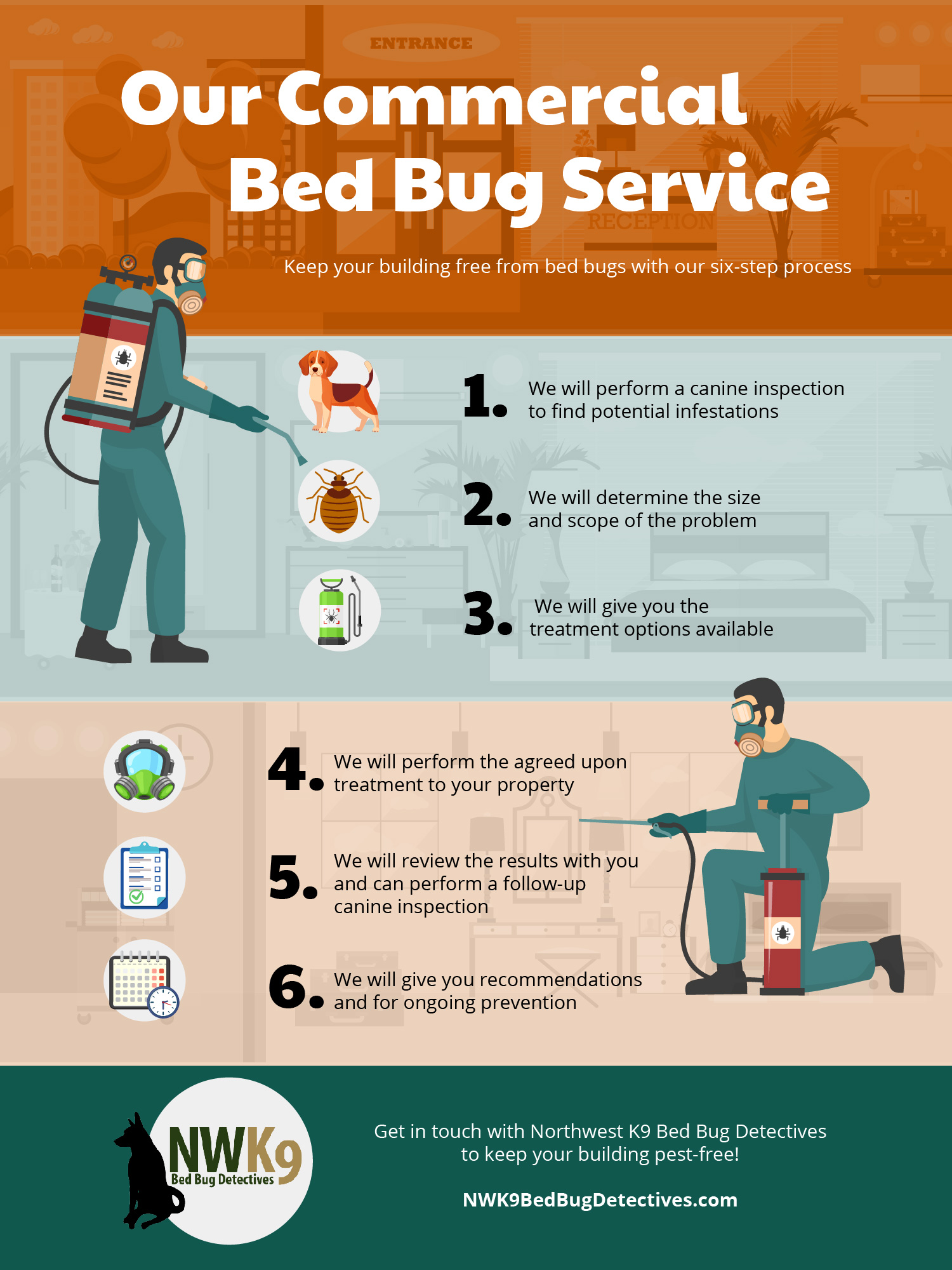Bed Bug Services Can Be Fun For Everyone
Table of ContentsAbout Bed Bug ServicesBed Bug Services for DummiesThe Bed Bug Services PDFsEverything about Bed Bug Services
An expert-conducted bed bug inspection is a meticulous process and relies on expertise. Bed bugs are small, elusive, and adept at hiding that often dwell in small hiding places in furniture and walls. Because of their hidden habits, meticulous assessment is critical to accurately locate and quantify infestations. Professional inspectors use a combination of tools, procedures, and knowledge to detect bed bugs accurately, preventing spread and further infestation.The first step in the inspection process involves understanding bed bug biology and behavior. Bed bugs belong to the order Hemiptera and experience multiple nymph stages before reaching adulthood. Adults are around five millimeters long, flat, reddish-brown, and wingless with slender legs and antennae. Their feeding apparatus injects anticoagulants while drawing blood, often causing red, itchy welts on hosts. Knowing these traits guides professionals in locating infestations.
Early detection is essential for preventing large infestations. Professionals carefully check for signs such as tiny ink-like droppings, molted skins, and egg clusters (Bed Bug Services). Even one female can produce dozens of eggs quickly, resulting in serious outbreaks. Evidence of shed exoskeletons or leftover eggs signals ongoing activity and requires prompt inspection
Preparing for an inspection involves careful organization. Inspectors often advise removing items that block access, which improves access to furniture and baseboards. Bedding and linens may be treated with heat before inspection, and then secured until the inspection is complete. Wall decor, mirrors, and pictures should be taken down to inspect behind frames. Vacuuming my latest blog post furniture and floors may capture visible bugs and eggs, and vacuum bags should be disposed of immediately outside.
Bed Bug Services - Questions
The inspection itself is methodical and detailed. Inspectors start with beds and adjacent furniture, looking closely at creases, joints, and folds. Upholstered furniture, including seating furniture, helpful site is inspected thoroughly, including underneath and inside cushions. Baseboards, moldings, the edges of wall-to-wall carpeting, electrical outlets, closets, and storage areas receive detailed attention, as these can be key areas for infestation.
Specialized tools help inspectors find hidden pests. Flashlights, magnifying lenses, multi-tools, and mirrors allow examination of tight spaces. Monitoring devices like interceptor traps or sticky pads aid in identifying infestation trends. Some companies employ trained canines, which his response accurately identify active infestations, distinguishing them from non-active traces.

Meticulous documentation is a key component. Inspectors document all signs, infestation levels, and suggested measures. This ensures accountability and facilitates discussion with residents. Residents are often asked to avoid disturbing potential infestation signs, as this maintains inspection effectiveness.
After inspection, a monitoring plan may be put in place to follow up on findings. Continuous monitoring assesses the effectiveness of treatment, and asking residents about bites and sightings supplements physical inspection. Cooperation from residents enhances detection.
7 Easy Facts About Bed Bug Services Explained

Professional inspections offer a higher level of accuracy than DIY attempts. Trained inspectors know what to look for and where, prevent misdiagnosis, and confirm the situation accurately.
Bed bug inspections are particularly important in hotels, dormitories, multi-unit apartments, and senior living facilities. Inspectors examine adjacent units, common areas, and shared furniture to confirm complete assessment (Bed Bug Services). This stops further spread
In summary, a professional bed bug inspection requires knowledge of bed bugs, property preparation, careful examination, tool utilization, record-keeping, and follow-up monitoring. Each step contributes to accurate detection, effective treatment planning, and long-term prevention.
Bed Bug Services Can Be Fun For Anyone
